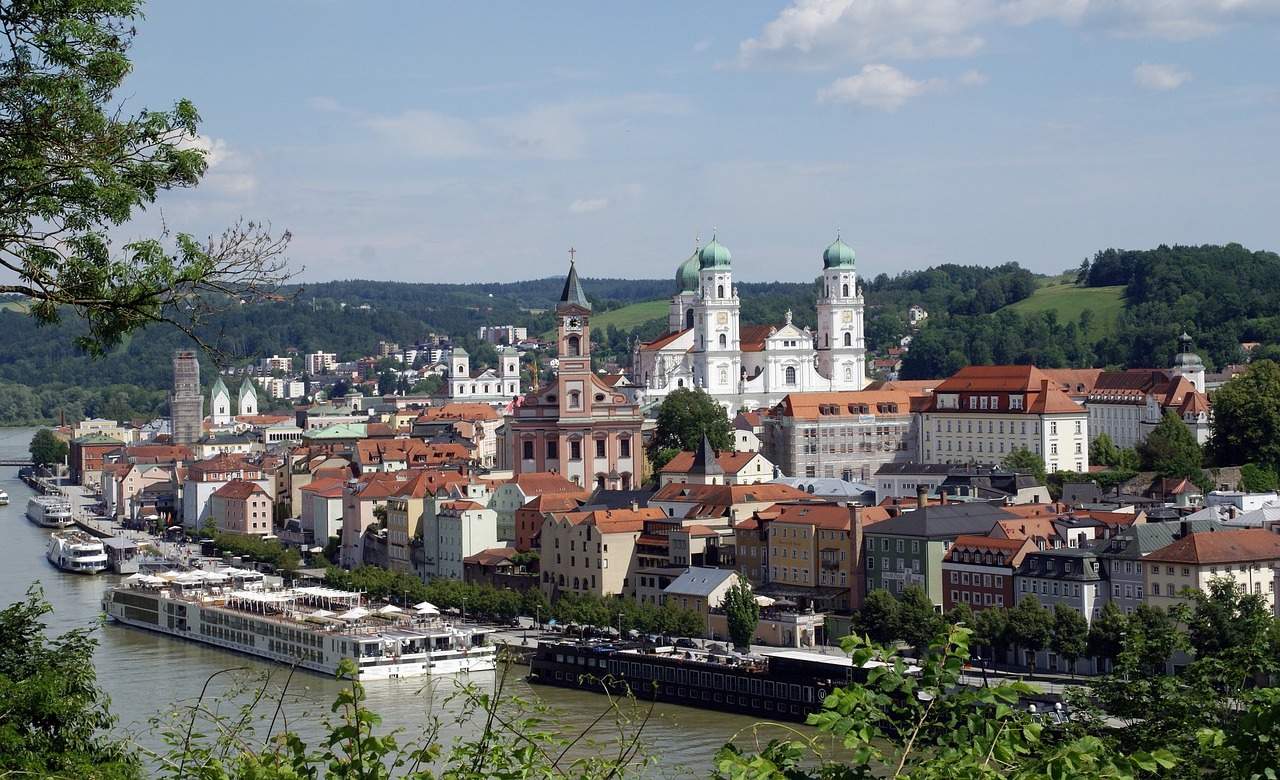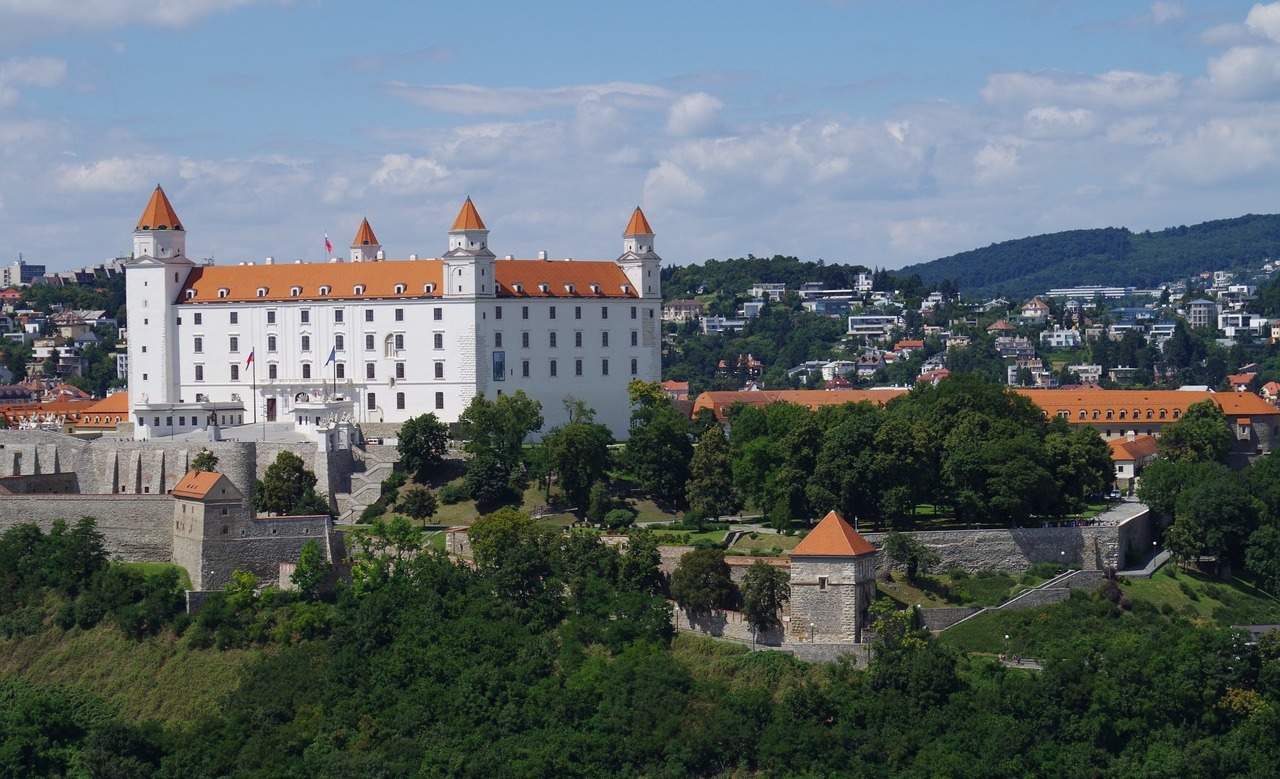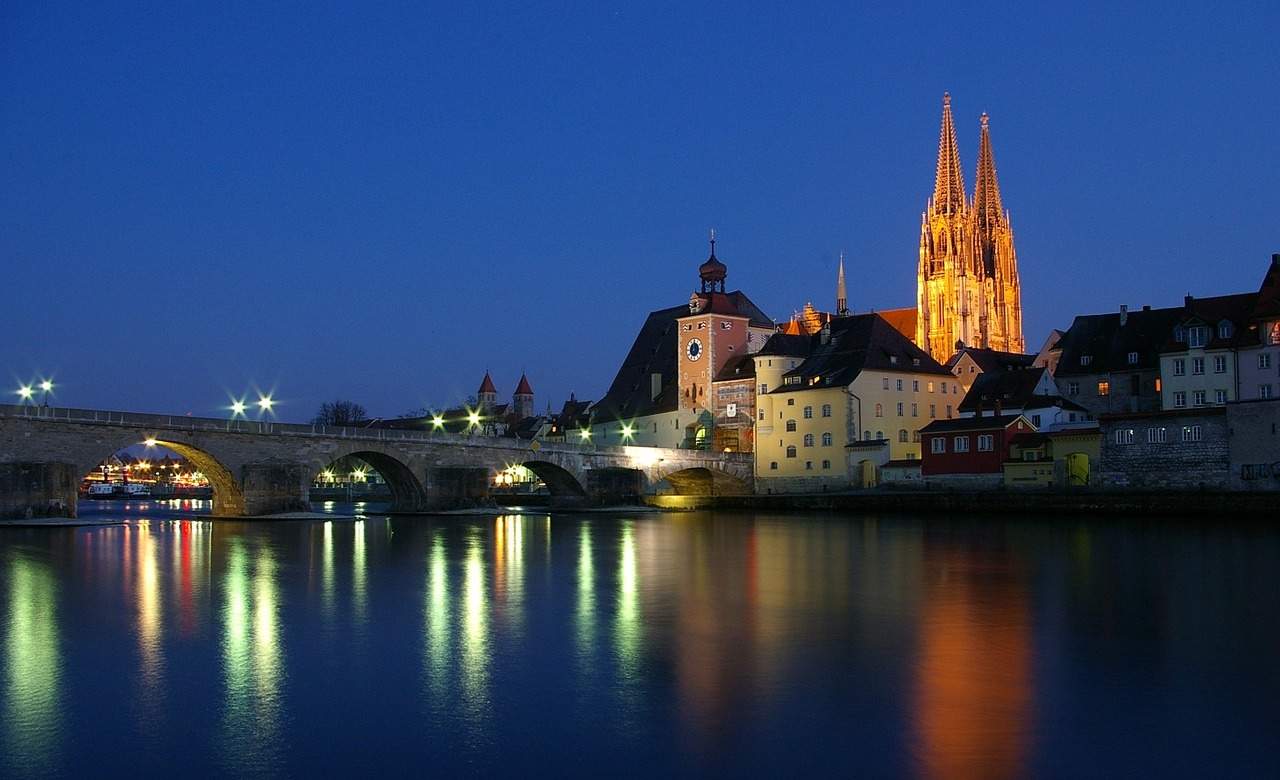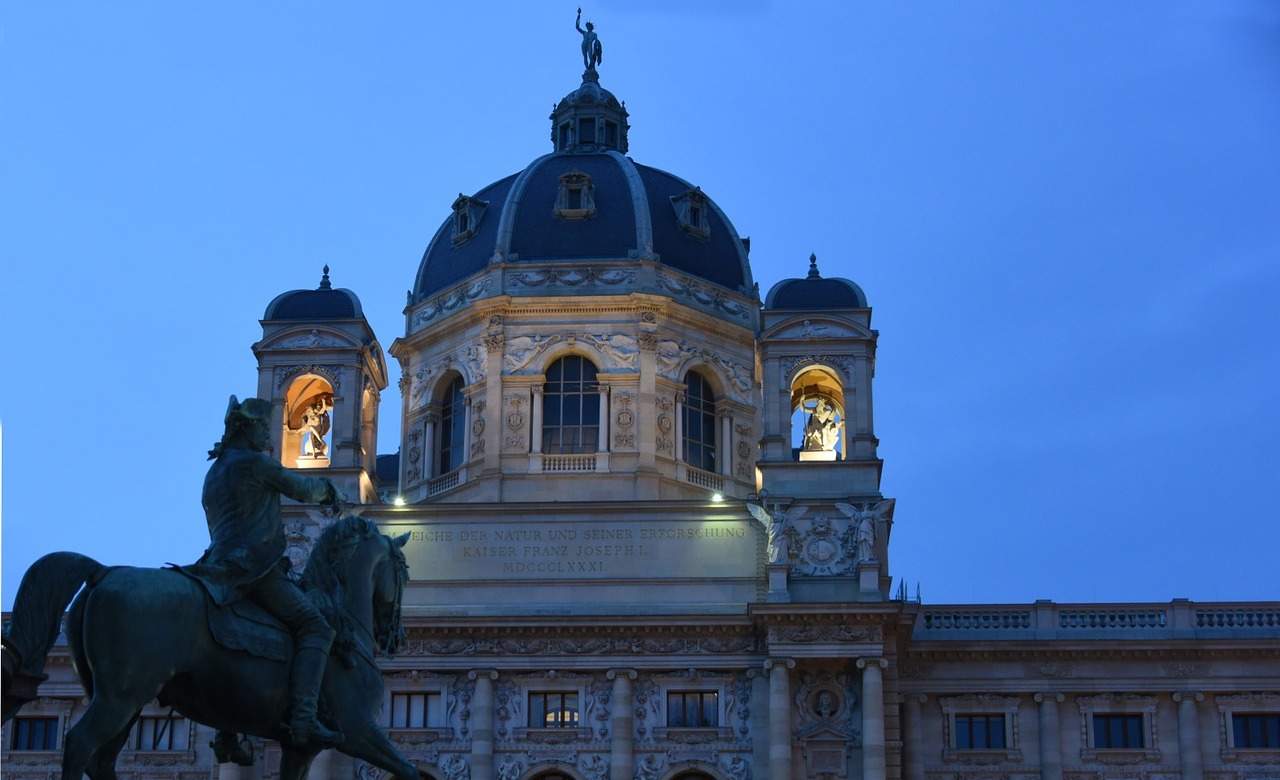Five European Cities to Visit When You've Already Seen the Touristy Sites
Uncover ruin pubs, wiener dog museums and the oldest sausage shop in the world.
Europe's second longest river, the Danube is rich in history. The almost-3000 kilometre stretch of liquid was once the site of some of the earliest cultures and battles, and served as a long-standing frontier of the Roman Empire. Nowadays it winds through and along the borders of ten countries, from Germany's Black Forest to the Black Sea, providing access to capital cities, world heritage sites, centuries-old thermal baths and ancient port towns you may never have even thought twice about visiting.
If you've ticked off the well-trodden touristy sites in the old continent, head down this historic waterway for a never-ending collection of underrated European cities. The best way to experience it all is with U River Cruises. Without even unpacking your suitcase, you'll be taken everywhere from ruin pubs in old warehouse spaces and actual castle remains to wiener dog museums and the oldest sausage shop in the world.

PASSAU, GERMANY
Bordered by the Danube, Inn and Ilz waterways, Passau is often referred to as the 'City of Three Rivers' or 'Venice of Bavaria'. More small town than metropolis — its population is 50,000 people — Passau is a lively university centre known for having the most pubs per capita in Germany. And with three breweries pumping out the goods, beer is in no shortage when you hop on dry land.
The majority of Passau burnt down in the 1600s, only to be rebuilt with beautiful Italian colour-coded baroque style buildings. The St. Stephen's Cathedral is the centerpiece of the city with its massive spires poking into the sky — here you'll also find one of the largest church organs in the world. Running parallel to the Danube is Hell Alley, a narrow cobblestones lined with art galleries and local artisans. Follow the coloured bricks to pick up hand-crafted pottery direct from artists or to sample the obedzta, a rich dip-like creation made by combining camembert cheese, butter and paprika. There's also a wiener dog museum for canine enthusiasts.

BRATISLAVA, SLOVAKIA
The pedestrian-only 18th century old town of Bratislava sits right on the edge of the Danube, allowing brilliant access if you've arrived by water. Strolling the narrow cobblestone streets of the Slovakian capital you'll come across the cheapest beer in all of Europe. Walk beyond the tourist trap cafes and restaurants, past the communist-era buildings and train lines, and you can score four glasses of European pils for under five euro.
If sightseeing is more your kind of thing, baroque palaces and Gothic buildings are abundant in the old town for photos opportunities. Built in the 9th century, Bratislava Castle is the main attraction and a short walk up hill from the centre. Inside, you'll find a history museum, and on a good day the top level offers views across the countryside. For a view back in the other direction head to the peculiar flying saucer building atop the Bratislava New Bridge. The UFO restaurant acts as bar and open-air observation deck.

REGENSBURG, GERMANY
Another stop in Germany should be the centre of Regensburg. A UNESCO World Heritage Site, the ancient city is one of the largest medieval sites in Bavaria — some of the first settlements in the city date from the Stone Age. Don't forget your camera — stunning Gothic architecture is around every corner.
One perfect example of the region's rich history is the 870-year-old historic sausage kitchen which sits on the banks of the Danube. Historische Wurstküche is noted as the oldest continuously open public restaurant in the world. The 35-seat eatery, erected in 1135 AD, specialises in charcoal-grilled sausages and serves around 6000 snags daily along with sauerkraut and mustard.
It'd be rude not to visit one of the massive biergartens. The best spot to join the locals and spend an afternoon of drinking and eating is Spitalgarten. Across the ancient Stone Bridge, the open-air garden is located in the historical St. Katharinenspital hospital that has been brewing beer for its guests since the Middle Ages. With the tavern's sale in the 1800s came a contract to "ensure good prompt service of the guests," and regardless of how many punters fill its massive open-air space, the service is always incredibly efficient. In no time you'll be enjoying a stein of wiess or dunkel beer with the famous white sausages and sweet mustard.

VIENNA, AUSTRIA
If a cultural experience is more your kind of thing, head to the unmissable Austrian capital. Vienna is the birthplace of classical music and home to an entire quarter of museums and galleries. For something modern, Momuk is home to an unusual collection of international and Austrian avant-garde work, as well as work by Pablo Picasso and Andy Warhol.
Concert experiences recreating the music of greats — Beethoven, Mozart, Mahler, Schubert — can be experienced any night of the week. If arriving by river cruise, these will be an added excursion worth signing up for. Schönbrunn Palace is another major attraction. The extraordinary 1,441-room palace is considered to be one of the most important monuments in the country.
For something more casual, head to Naschmarkt. Boasting more than 100 food, produce and souvenir stalls, it is the most famous marketplace in Vienna. Visit the oldest sausage stand in the city for a serving of curry wurst — chopped Bavarian sausage with paprika-spiced tomato sauce — and then follow up with a Viennese cappuccino, the wiener malange, to keep you charging through the day. If you're ticking off all the classics, it'd be rude not to order a wiener schnitzel with a generous side portion of salad and potatoes — walk around any corner and you'll find restaurants serving this local delicacy.
Just a short hop down the river in lower Austria is the Waccau Valley, a 36-kilometre stretch of heritage wine country. Between ancient monasteries, castles and ruins you'll float past quaint villages and vines dotted everywhere from steep inclines to rocky outcrops. The small village of Durnstein is one destination where you can indulge in local varietals. Save some space in your suitcase for bottles of grüner veltliner and riesling.

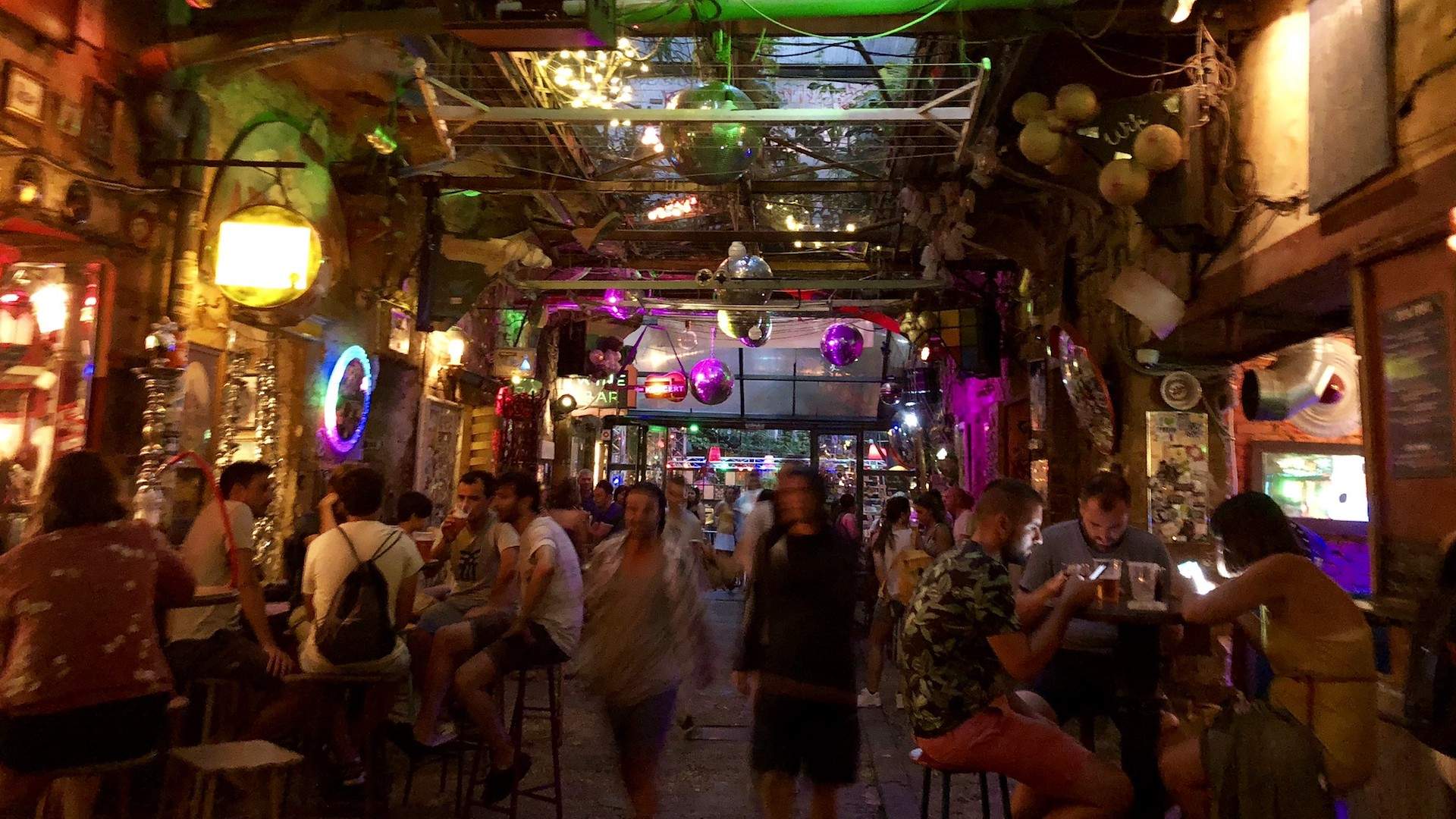
BUDAPEST, HUNGARY
Besides soaking in ancient thermal spas and taking in breathtaking architecture — from the 19th century Chain Bridge to the grandiose Parliament building — a visit to the Hungarian capital wouldn't be complete without a good deal of eating and drinking.
The Great Market Hall is a good way to tick off a few local delights on your list while visiting one of the most popular tourist sights in the city. From puffy Hungarian fried bread topped with sour cream, cheese and fried onions to a generous serving of sausage and potato, the spacious food hall provides hearty belly-filling sustenance for a day of exploring. Across the other side of the Danube lies Gellert Hill. A short but steep hike will pay off with one of the best panoramic views of the city, while on the way down your legs will appreciate a pitstop at the 13th century Gellert baths.
Buda's famous ruin bars should be your next port of call to dry off, and there's something for every kind of traveller in the heart of the Jewish Quarter. Szimpla Kert was the first to start the ruin bar trend in Budapest and the most popular option on the tourist trail. In the skeleton of an old warehouse, the bar features a bonafide rabbit warren of rooms, including a craft beer laboratory and bathtubs where visitors can puff away on shisha. Head there early to avoid the queues and to find space for one of the bi-weekly self-awareness discos.
For a history lesson, the aptly titled Terror Museum is a must-visit. The building contains exhibits related to the fascist and communist regimes in 20th century Hungary and is also a memorial to those detained, interrogated, tortured or killed in the building.

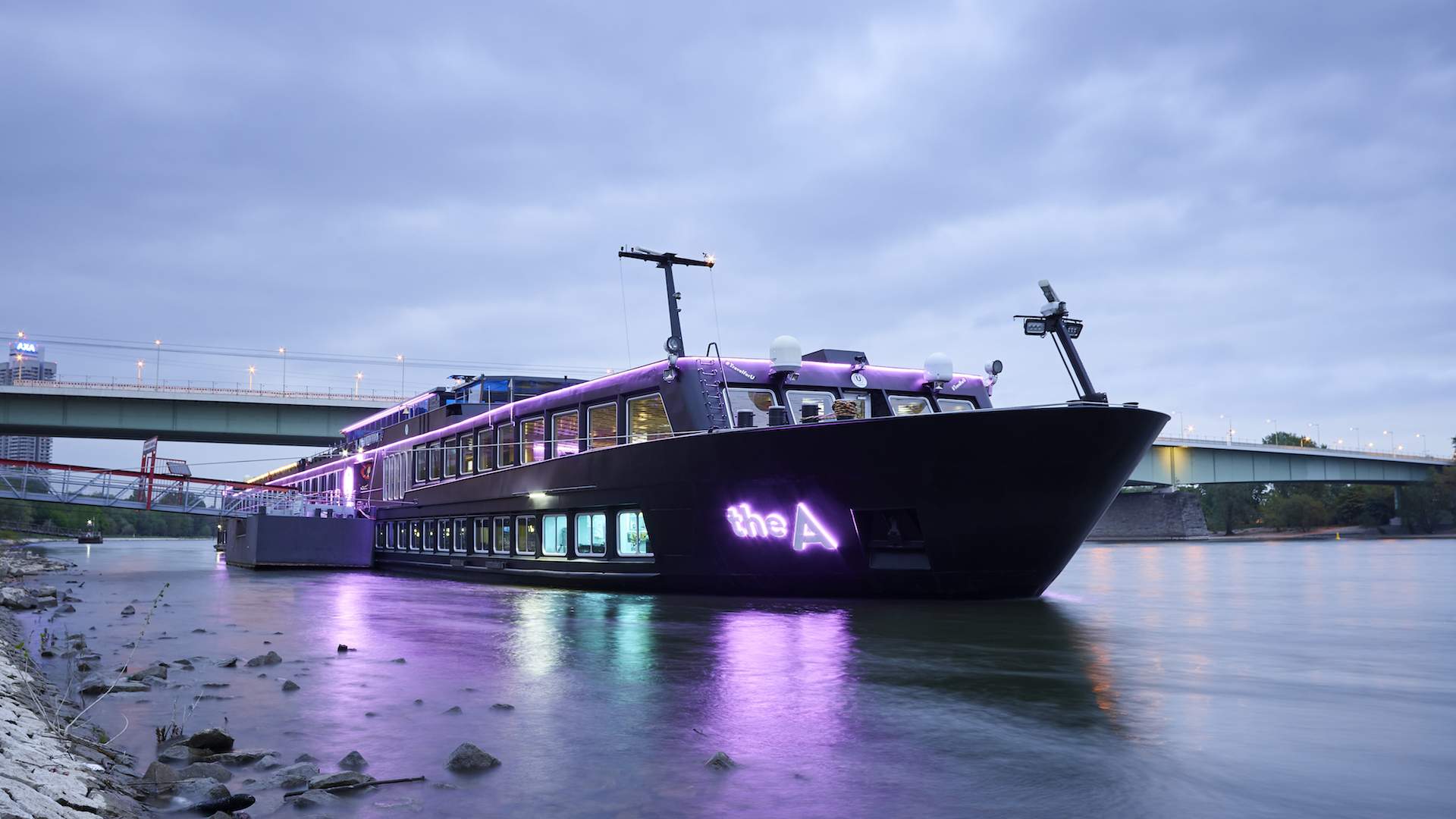
GETTING THERE
Combining silent discos with classical concerts and cocktail making lessons with openair cinema, U River Cruises is the first cruising experience dedicated to a new generation of adult travellers. Between stops, passengers can learn to salsa while floating past castles perched precariously on clifftops, enjoy painting classes with professional artists while staying hydrated with vino, get involved in raucous tequila karaoke or practise early morning yoga on the top deck as the sun peeps over the horizon.
U River Cruises has announced three new itineraries and the relaunch of its The B ship for 2020. From April, U's seven-night itineraries will tour destinations such as Vienna, Brussels, Dusseldorf, Salzburg, Bratislava, Cologne and more. New offerings on the 2020 sailings include added overnight stays and complimentary happy hour every night for guests to socialise. Experience the best of The Netherlands and Belgium, become fully immersed in Eastern Europe, or take the culturally enriching trip from Vienna to Nuremberg. In addition to U's seven-night itineraries, cruises can be combined to create the ultimate 14-night super cruise without repeating ports.
Visit U River Cruises for more information and to make your booking.
